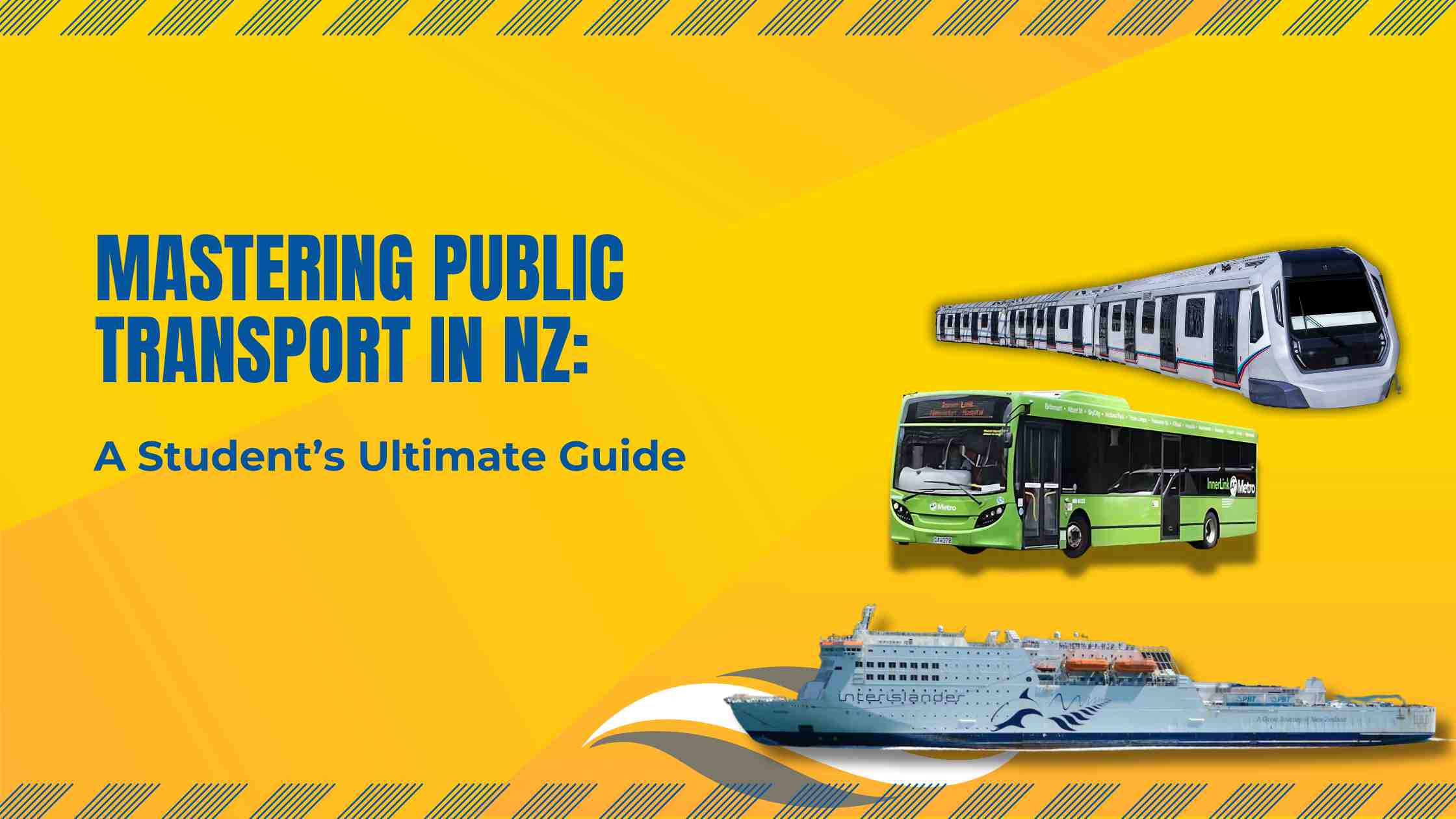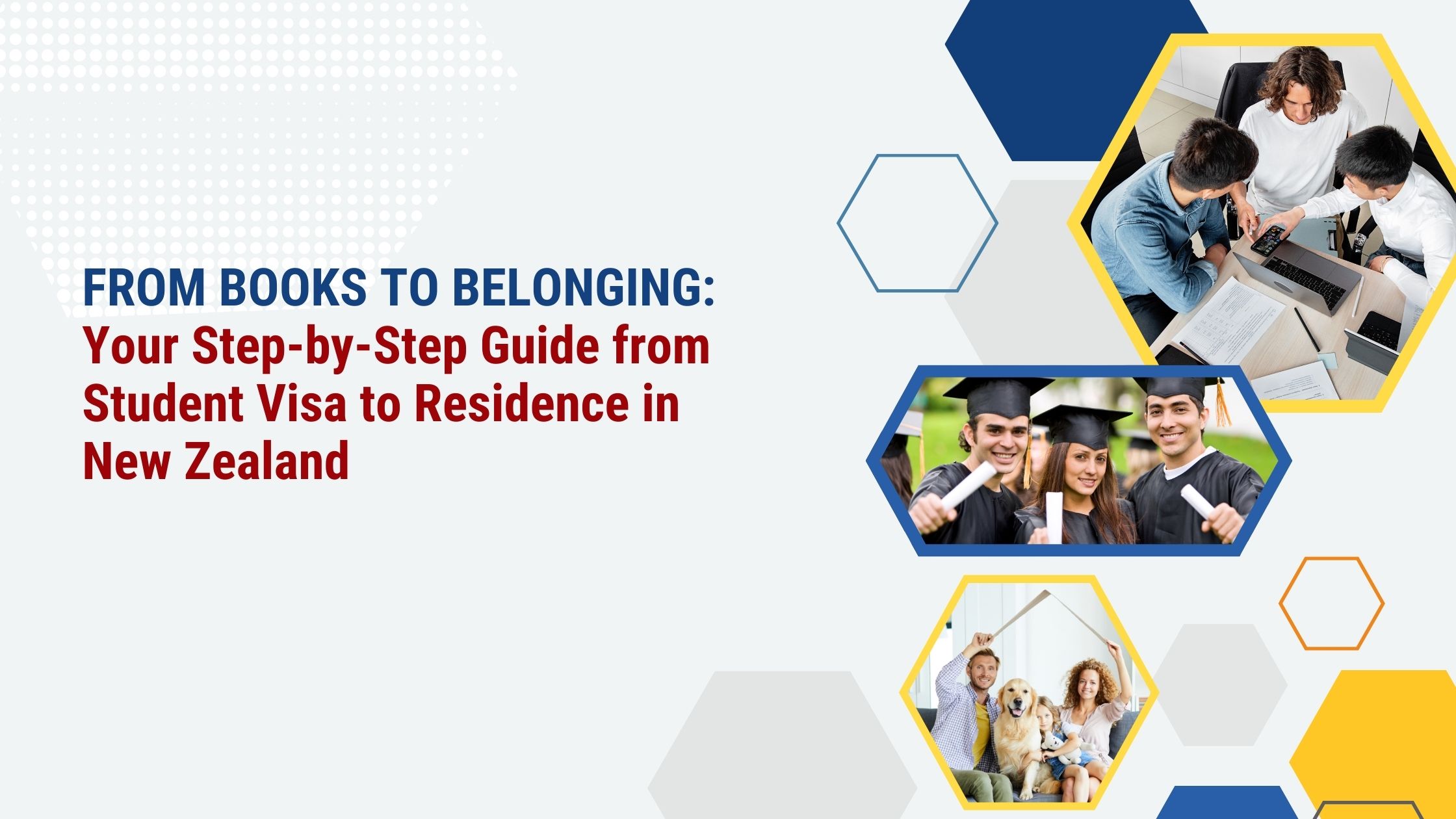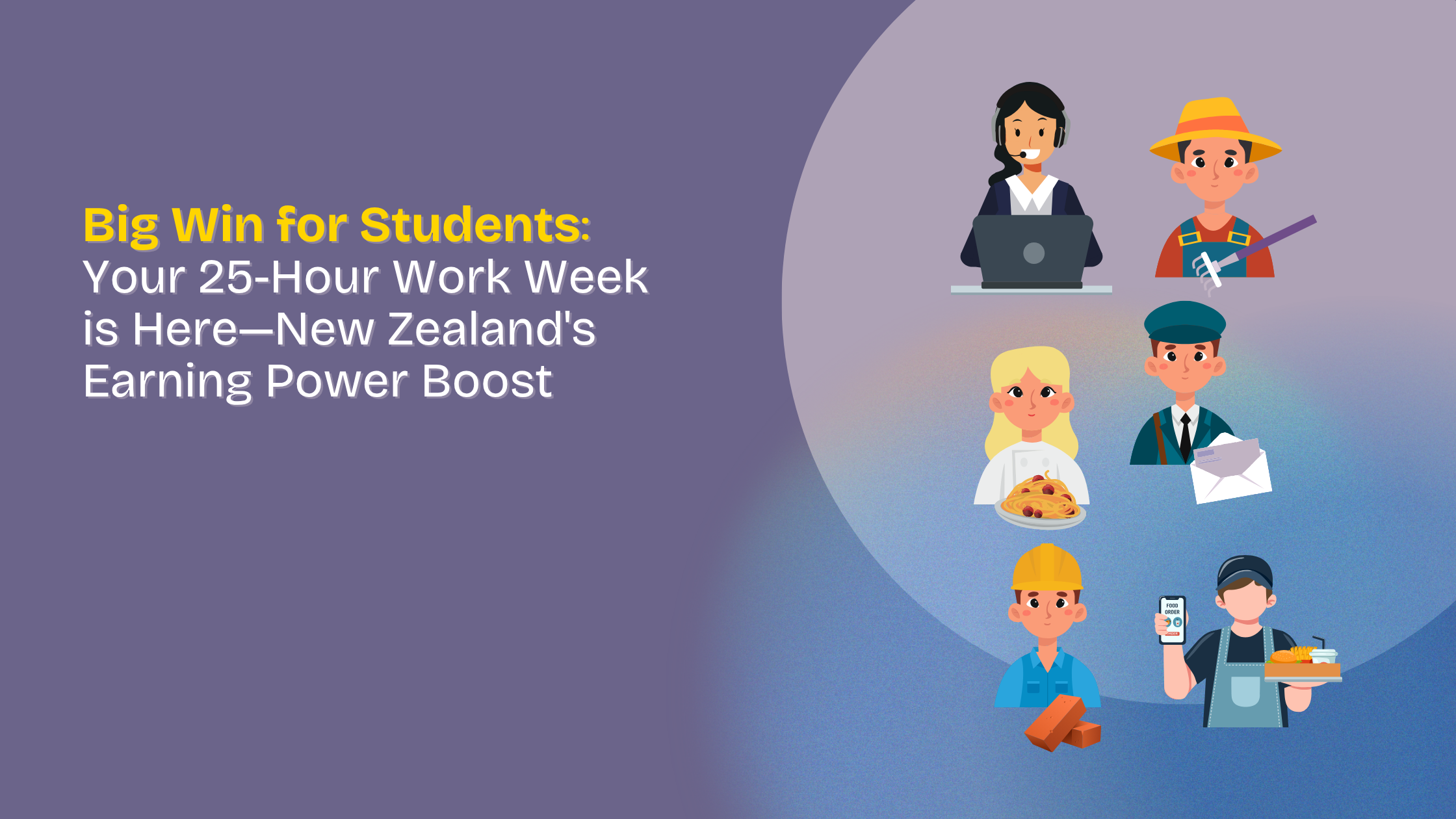
Navigating New Zealand’s Public Transport: A Guide for Students
For international students in New Zealand, navigating the local public transport system is crucial for getting around efficiently. Whether you're commuting to university, exploring the city, or heading out on a weekend adventure, understanding how to use public transport can save time and money. Here’s a guide to help you get the most out of New Zealand’s transport options.
- Buses: Affordable and Convenient
Buses are one of the most popular modes of transport in New Zealand’s cities. They connect residential areas with universities, shopping centers, and other key locations.
Tips for Using Buses:
- Bus Cards: Cities like Auckland use the AT HOP card, which you can top up and use on buses, trains, and ferries.
- Timetables: Be sure to check bus schedules online or on mobile apps to avoid long waits.
- Night Buses: Some cities offer night buses, though they may be limited.
- Cash Payments: While some buses accept cash, using a bus card offers cheaper fares and convenience.
- Trains: Quick and Reliable for Longer Distances
If you’re studying in cities like Auckland or Wellington, trains can be a great option for longer journeys, particularly to surrounding areas.
Tips for Using Trains:
- AT HOP Card: Like buses, trains in Auckland use the AT HOP card.
- Faster Travel: Trains are often faster for longer commutes compared to buses.
- Schedules: Check timetables in advance, as some services are less frequent on weekends or evenings.
- Ferries: Scenic and Efficient
In coastal cities like Auckland and Wellington, ferries are a popular and scenic way to travel between different parts of the city or to nearby islands.
Tips for Using Ferries:
- Timetables: Ferries run on fixed schedules, so plan your trip accordingly.
- AT HOP Card: Ferries in Auckland are part of the AT HOP system, making it easy to travel across different transport modes with one card.
- Cycling: Eco-Friendly and Affordable
Cycling is a great way to explore New Zealand’s cities and surrounding areas. It’s cost-effective and environmentally friendly.
Tips for Cycling:
- Cycling Lanes: Many cities have dedicated bike lanes.
- Bike Hire: Services like Nextbike offer bike rentals.
- Helmet and Safety: New Zealand law requires cyclists to wear helmets, and it’s essential to follow road rules for safety.
- Taxis and Ride-Sharing Services
Taxis are available, but ride-sharing services like Uber and Ola are increasingly popular in New Zealand. These services are ideal for door-to-door transport.
Tips for Using Ride-Sharing:
- Apps: Download the Uber or Ola app to book rides conveniently.
- Fare Estimates: Use the app to check fare estimates before confirming your ride.
- Student Discounts and Concessions
Many cities offer student discounts on public transport. For example, some cities provide reduced fares or special student cards to make travel more affordable.
- Tips for Smart Travel
- Plan Your Journey: Use apps like Google Maps or local transport apps to plan your route in advance.
- Peak Hours: Avoid traveling during rush hours (7-9 AM and 4-6 PM) for a more comfortable ride.
- Travel Safety: Always stay aware of your surroundings, especially during late-night travel.
Conclusion
New Zealand offers a variety of public transport options that are affordable and efficient for international students. Whether you’re using buses, trains, ferries, or cycling, understanding the local transport system will make getting around easier and more enjoyable. With a little preparation, you'll be able to explore New Zealand’s cities and natural beauty with ease.



